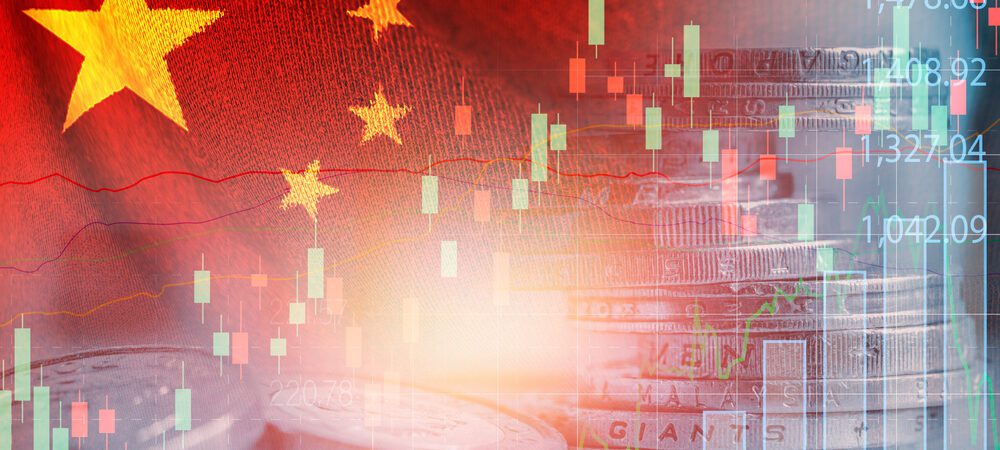In 2019, at the height of the trade war with the United States, Chinese President Xi Jinping visited a rare earth magnet factory in Jiangxi Province. At the time, the visit was interpreted as “muscle flexing” by China’s leader to remind Washington of its dependence on Beijing for the supply of rare earths. Rare earth elements (REEs) – a group of 17 critical metals – are indispensable components in military defense systems, consumer electronics and renewable energy technologies. Despite more than a decade of sustained efforts by Western countries and companies to loosen China’s grip, Beijing, by far remains the top player in the REE global mining, processing and refining sectors.
Xi’s visit also conveyed a broader Chinese goal in the Rare Earths sector that goes beyond mining: maintaining leadership in the downstream industrial supply chains of processing, refining, and magnet production. While the semiconductor war gets more attention, there is another tech battle underway in the rare earths supply chains as China continues to tighten its control over what it calls a “state resource” and its supporting technologies.
The Western rush to build China-free supply chains with both upstream and downstream industries is masking the bigger technological challenge of establishing a sustainable processing capacity. Given the stakes, a targeted approach is required to solve the processing tech puzzle through investments in R&D, international partnerships, and diffusion of alternate methods.
Rare Earths, Rarer Tech?
In 1992, while visiting Baotou, Inner Mongolia, one of China’s biggest rare earth mines, Chinese leader Deng Xiaoping famously said, “The Middle East has oil, China has rare earths.” He was referring to the country’s resource endowment of over 30% of the world’s reserves. But unlike the Middle Eastern oil producing countries who primarily drill and export crude, China built an entire ecosystem around the rare earths, from mineral production and processing to manufacturing finished products, and most importantly, rare earth magnets.
China has maintained leadership at every step up the ladder. Though its global production share dipped from a staggering 97% in 2011 to around 70% in 2022, it still controls over 85% of processing capacity. China has an effective monopoly over processing major heavy rare earths – Dysprosium (Dy) and Terbium (Tb), and Light Rare Earths – Neodymium (Nd) and Praseodymium (Pr).
Environmental impact is often cited as one of the main reasons for China’s emergence as a rare earth powerhouse, but the technological aspect is less discussed. From 1950 to October 2018, China filed over 25,000 rare earth patents, surpassing the US’ 10,000. Over decades, Chinese engineers perfected the solvent extraction process to refine REEs which plays a critical role in ensuring China’s primacy. Though the technology originated in the United States, environmental and regulatory concerns made domestic rare earth development unfeasible.
Rare earths are clumped together in rocks, making their processing a complex undertaking. “All of them behave the same way, with very minor differences in chemistry. That means they bond with the same things under the same conditions, and they’re not going to separate from each other readily,” explained Dr. Isabel Barton from the University of Arizona.
New Tech for Old Problems?
Given the challenge of accessing China-controlled solvent extraction tech and its environmental costs, multiple research projects are underway to search for cleaner and more sustainable processing methods. One of them is a DARPA-funded program called EMBER (Environmental Microbes as a BioEngineering Resource) to use microbes to process and refine rare earths. A biologist and the Principal Investigator of the project, Marina Kalyuzhnaya, called it an “intensive program” and argued that a biological approach could play an important role. “The goal is to separate REEs, and biology might be specific enough or selective enough to keep individual minerals out of the complex mixture.” She added that the goal was to create “something completely sustainable” but conceded despite exciting breakthroughs, scalability for the project is at least 4-5 years away.
A Vision for Targeted Diversification
Apart from investing in new tech, the US and other western governments have taken multiple national and international steps to diversify supply chains. Despite the efforts, Benchmark Minerals, a mining advisory firm, projects by 2028, China’s share in processing of both heavy and light rare earths would only drop marginally.
There are many reasons for the sobering predictions. For one, Western governments are trying to focus on all stages of supply chains simultaneously without prioritizing one over the other, causing inefficiency and resource wastage. Two, current policies divert attention from the bigger technological challenge of establishing sustainable processing and refining capacities outside of China.
To resolve this, there is an urgent need to increase R&D investments for cleaner processing solutions that match or even surpass China’s cumulative investments. The US also needs to address the processing know-how gap as a strategic technological challenge and not just a pollution problem. While state-led investments to spur private interest is essential, the bid to onshore all components of the REE supply chains would be counterproductive in the long run. The US, along with its allies should create an REE-specific strategy and foster development of regional nodes. It took China nearly three decades to dominate REE supply chains; a well-executed diversification effort may not take as long.
To read the column as it was published on the New Security Beat webpage, click here.

